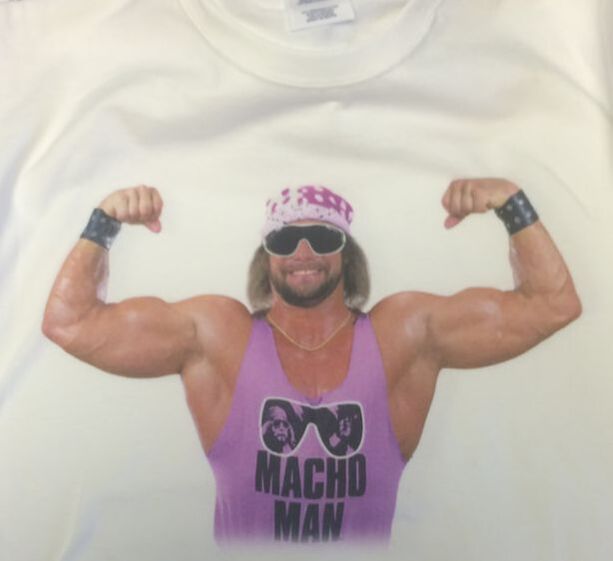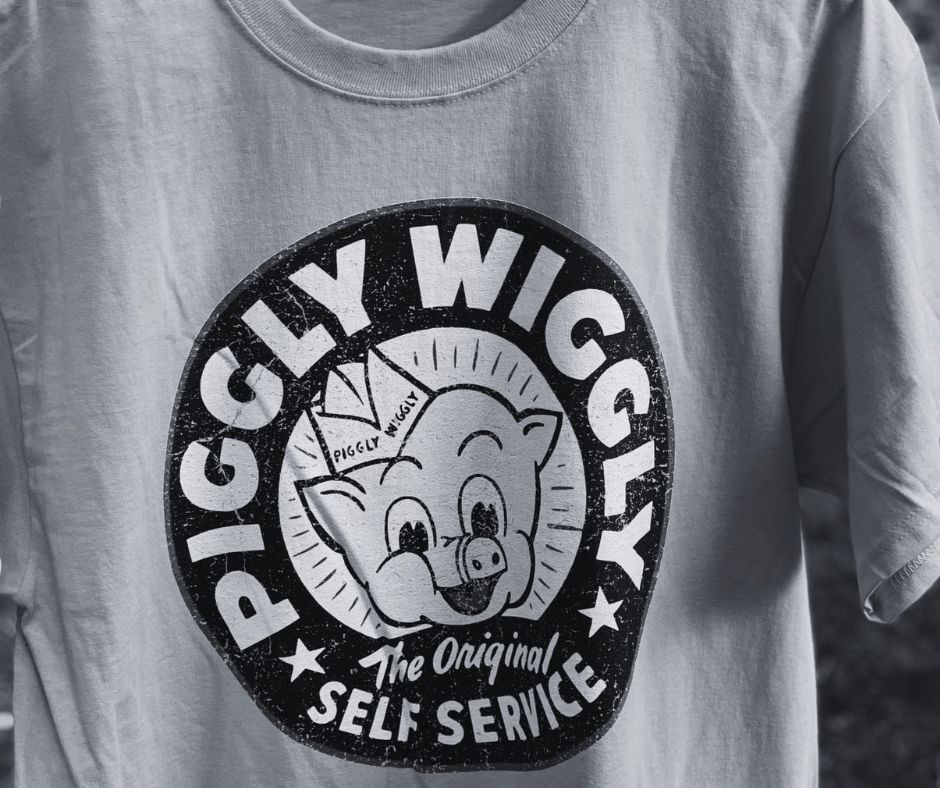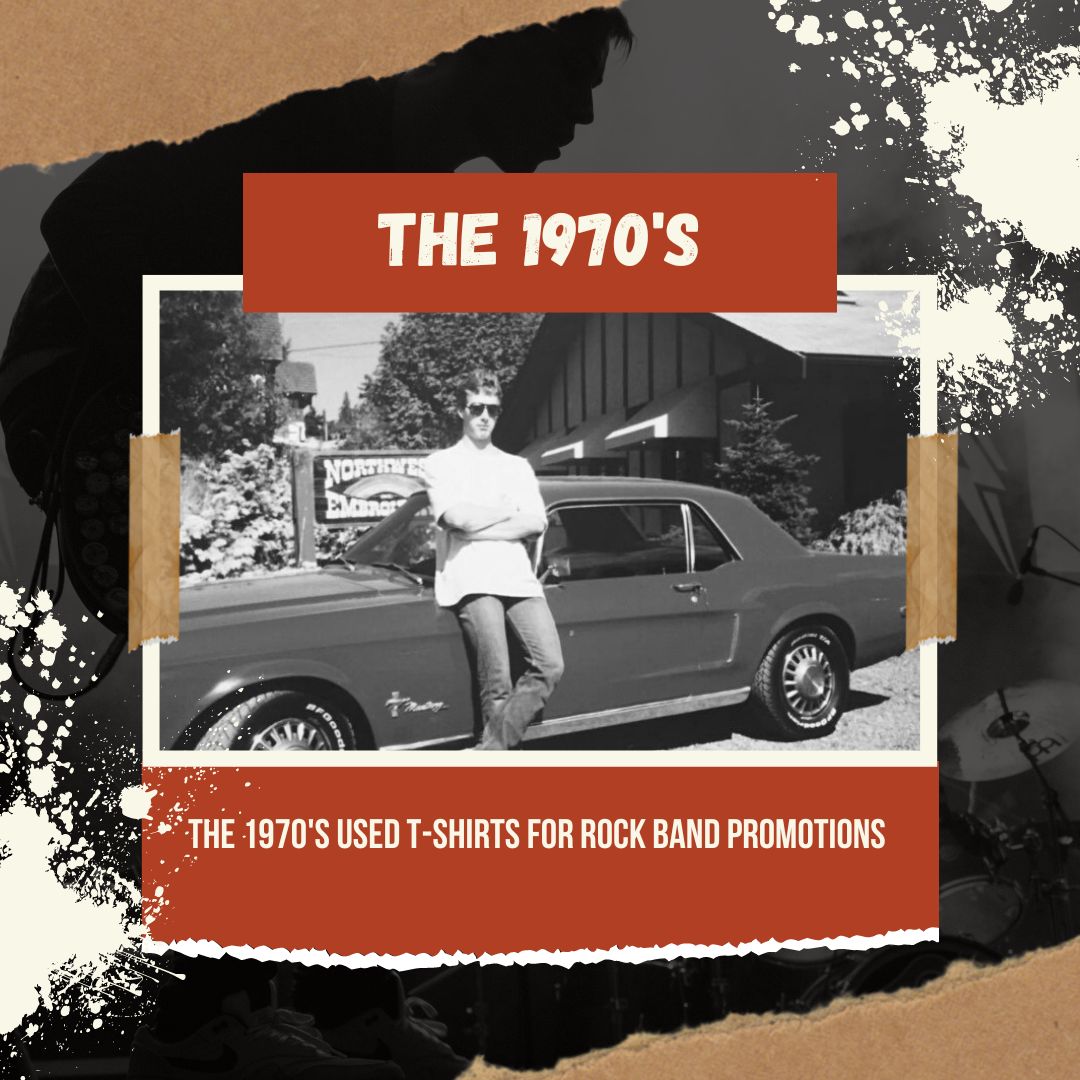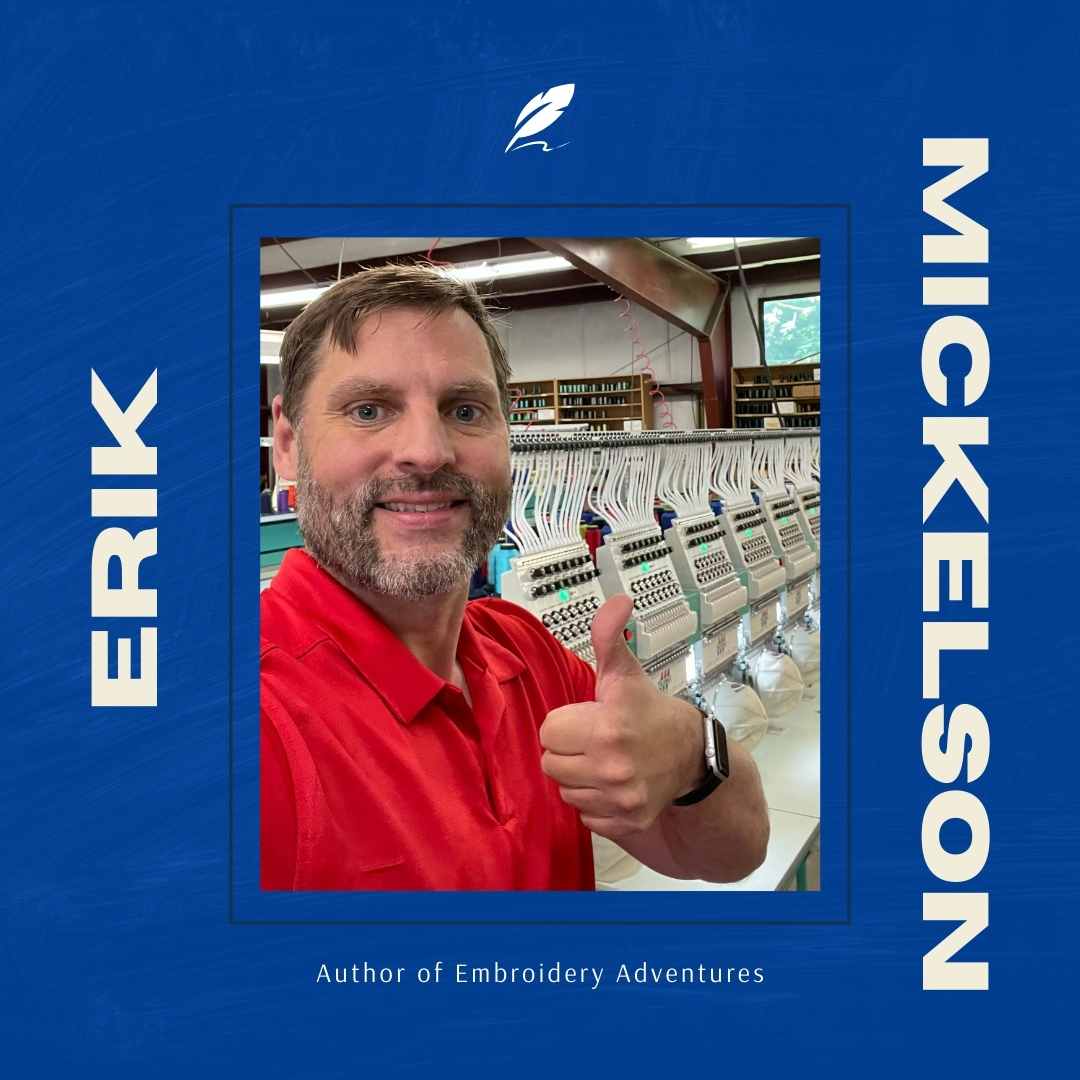The Making of the Apparel Graphic Industry |
Categories
All
Archives
June 2023
AuthorErik Mickelson ,the Operations Manager since 1996 is a 2nd generation embroider. Erik started fulltime in his family's company after is graduation from Washington State University in 1996. |





